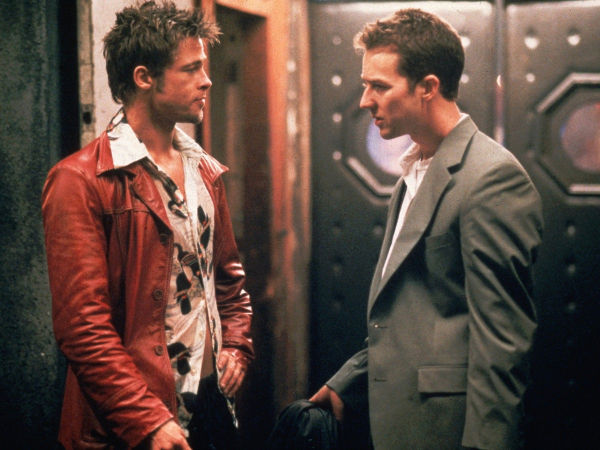If you want to be able to write feature film scripts and make a living from them, you have to overcome several hurdles. Then it is not enough to be able to weave interesting ideas into a film history, but there must also be customers who want to buy and implement the project. While in this field, as is so often the case, contacts are of paramount importance, the script plays a not inconsiderable role in answering the thumbs-up question. A current article in Script Magazine describes what is generally considered when a screenplay is under scrutiny, and thus provides a very practical guideline on the one hand, but also gives a little cause for pondering on the other. Because at least when we read it, the feeling that it's a miracle that sometimes a film is created, which actually feels fresh and different.
Accordingly, a script should have a clear premise (quasi the basic idea behind the story), but only one, and then follow it consistently. The story should result from this, be clearly structured and be a mix of new and familiar content and narrative. It should be cinematically and consistently told. So far so good, but is it really true that an actionable story can never have more than a real protagonist? It is well known that it makes film financing easier if the leading role could be interesting for a star. But is it the most important question for a protagonist figure? (The question of whether there has to be a change of character in every movie at all times, was the topic here.
When it comes to how well a film can be financed and marketed, it seems so. But where within such a grid there should be room for experiments, one can ask oneself. Perhaps this is one of the reasons why such products have been in series production for some years now. But there is probably a kind of blueprint for a hoped-for-suspected hit.

Sorry guys, there can only be one... (Fight Club, 1999)

